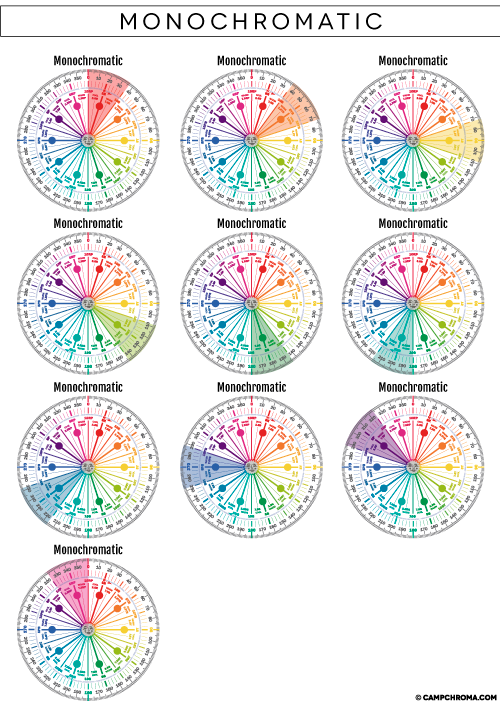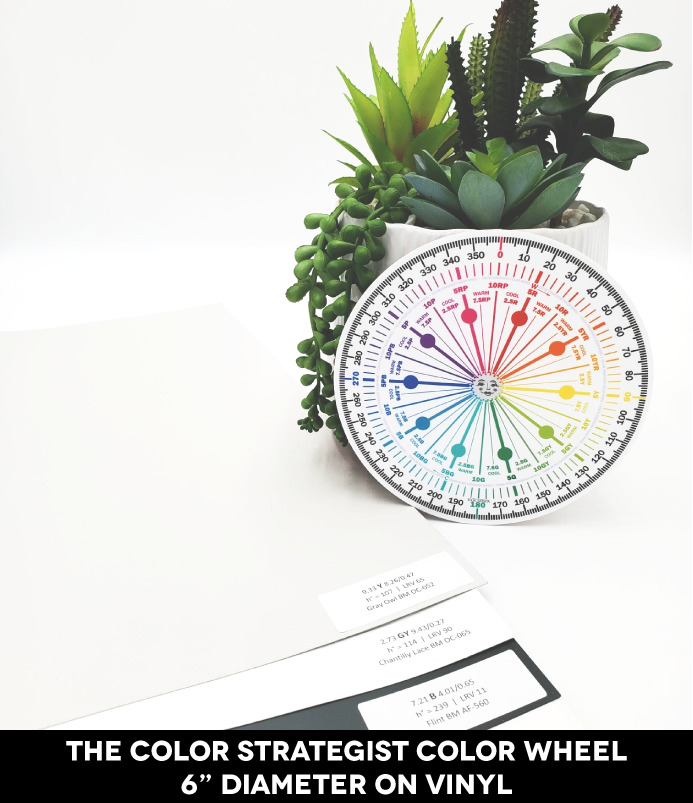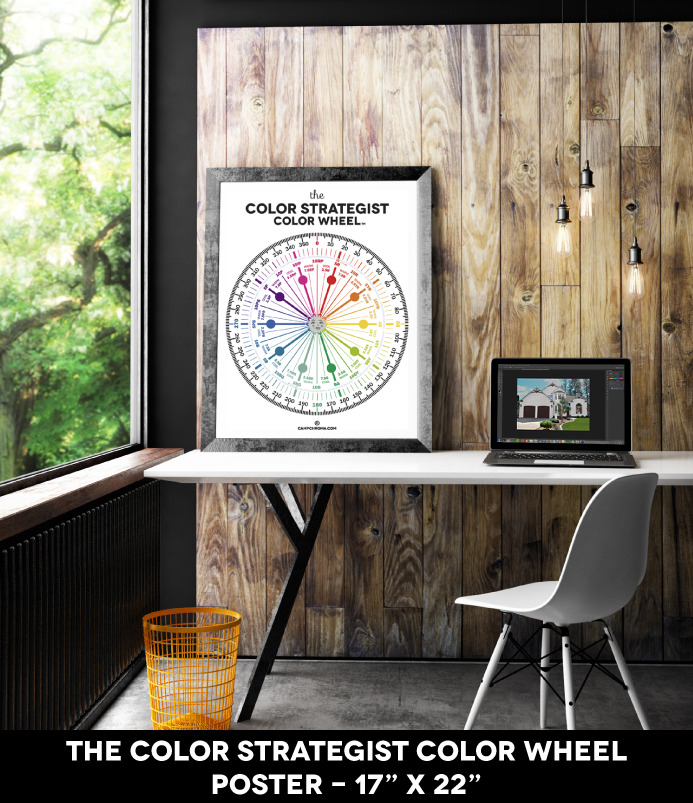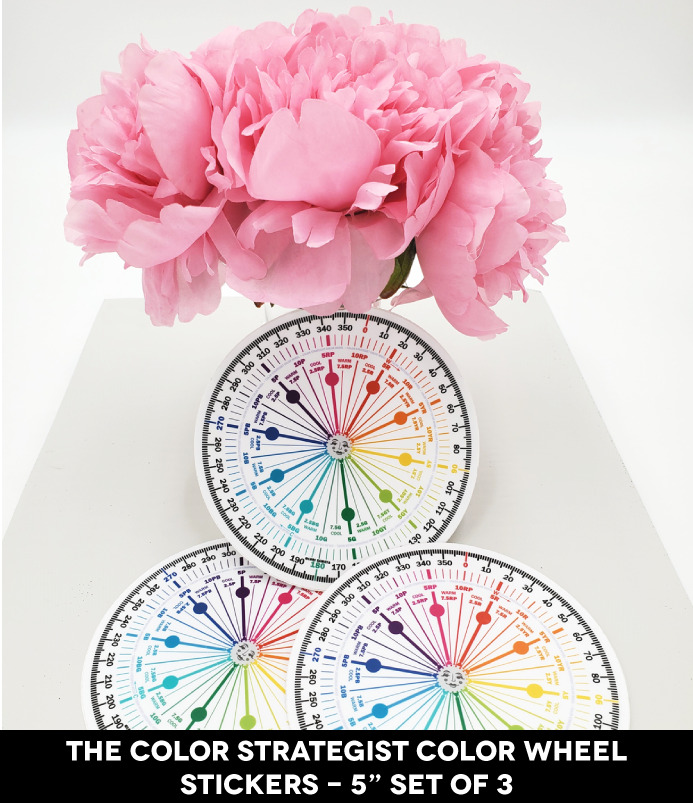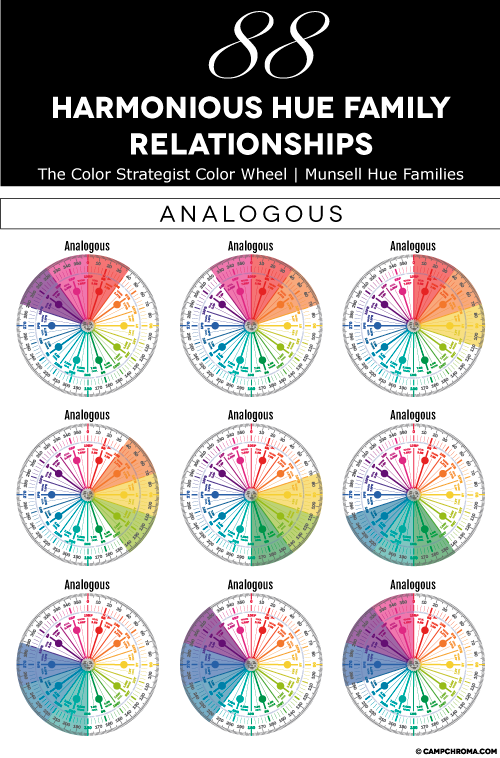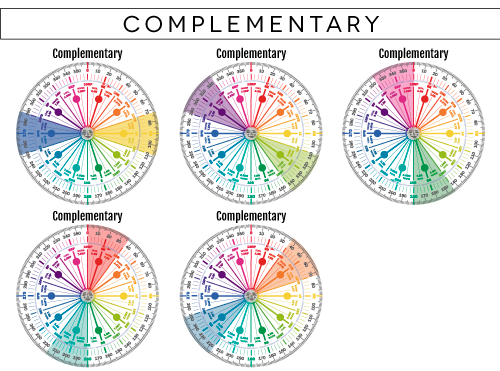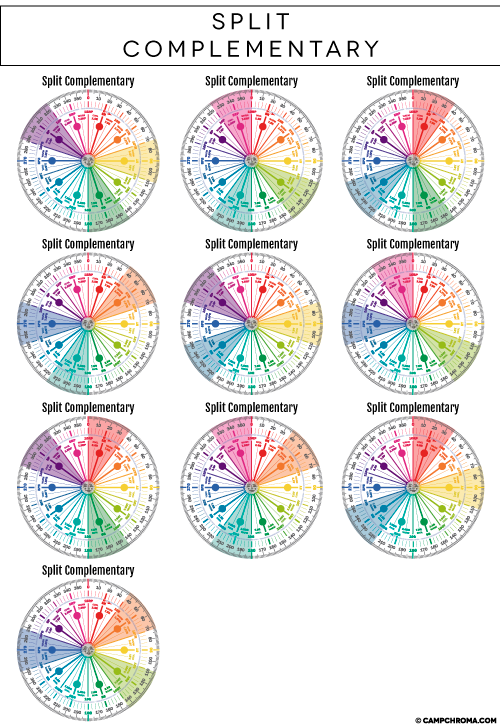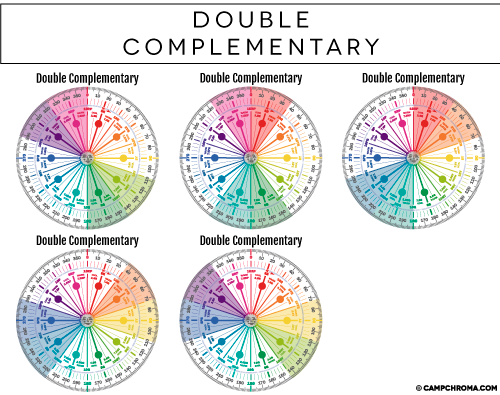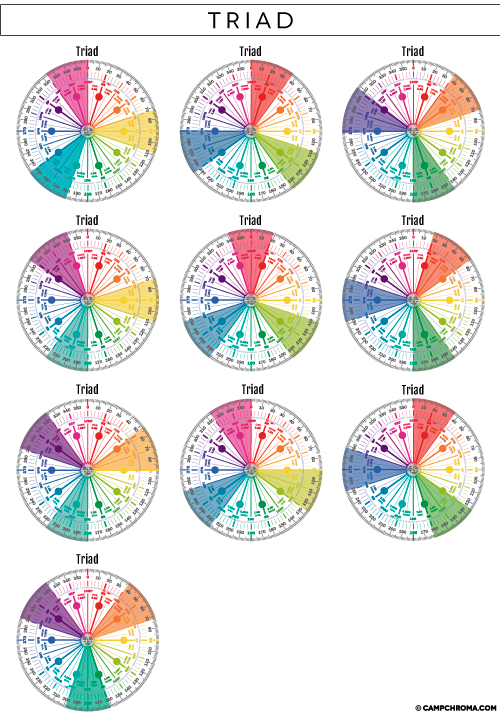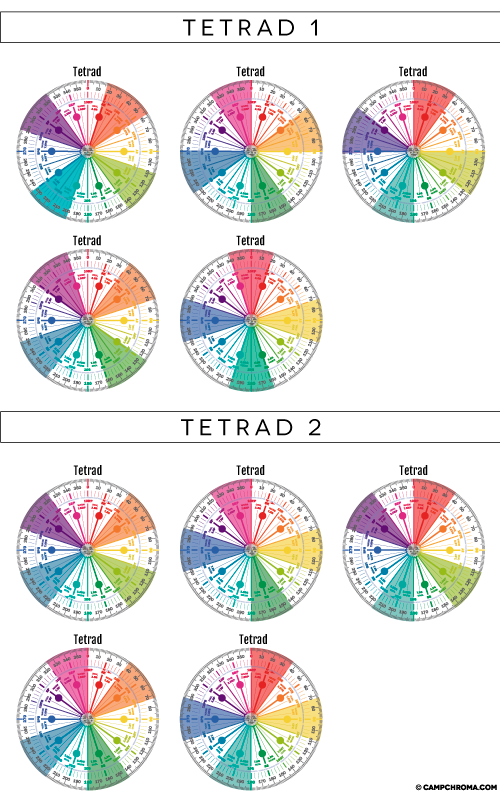Frustrated with “undertones”? You’re not alone and your struggle ends here.
Feels good doesn’t it?
Relief from the frustrating visual gymnastics you’ve experienced comes in the form of a simple, easy Hue Family notation.
Hue family notations can be traced back to spectral data/color data values – it’s like a color’s DNA.
When we have objective hue family notations, we can plot colors on The Color Strategist Color Wheel using classic color theories you already know and understand.
The Color Strategist Color Wheel literally draws a picture for us of what colors go together so we can see how colors compare in terms of hue family and overtones.
Overtone means a color could have a hue bias towards a neighboring hue family; either clockwise or counterclockwise on the color wheel.
I teach you all about how that works in easy-to-follow, step-by-step Lessons in my online course called The Four Pillars of Color course.
In the mean time, here’s more information about my color wheel.
Three Sizes Available
5″ and 6″ can leave the backing on or peel it off and use as a sticker.
HIGHLIGHTS OF THE CSCW (Color Strategist Color Wheel)
- Hue family is determined by the dominant wavelength of a color
- Hue family notations tell you how colors appear under a controlled illuminant called D65
- D65 is an illuminant that replicates indirect daylight around noon
- If your target color looks different from its hue family designation, then you know the light source you’re viewing the color under isn’t balanced. And you need to proceed accordingly, like try a different color strategy.
OVERVIEW OF THE CSCW
• Degrees on outside of color wheel = the lower case “h” means hue angle or degrees in the CIE LCh (ab) color space. • There are 10 Munsell Hue Families on the inside of the color wheel:R = Red, YR = Yellow-Red, Y = Yellow, GY = Green-Yellow, G = Green,
BG = Blue-Green, B = Blue, PB = Purple-Blue, P = Purple, RP = Red-Purple
• Each Hue Family Sector is broken down into 10 units:Example: 1R, 2R, 3R, 4R, 5R, 6R, 7R, 8R, 9R, 10R
HOW TO USE HUE FAMILIES
WARM AND COOL DESIGNATIONS INFO
Read this blog post, “Disrupting What You Think You Know About Warm and Cool Colors”COLOR HARMONY
Use The Color Strategist Color Wheel to figure out what colors go together based on classic color relationships.88 Harmonious Hue Family Relationships
Monochromatic
A Monochrome color scheme is where all colors are derived from the same hue family as your starting color. Hue and Value does not change. Only chroma changes from vivid to dull. You could say a Monochromatic color scheme is a vivid to dull or clean to dirty gradation of color.
